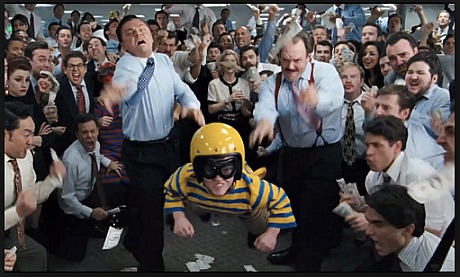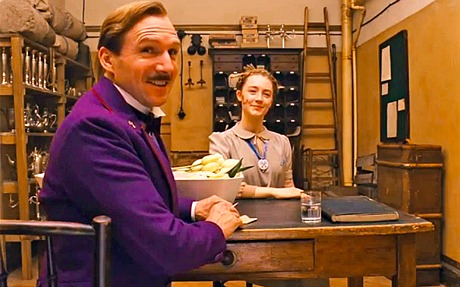My first thought as I clicked on this teaser for Christopher Nolan‘s Interstellar? I’m a bit tired of Matthew McConaughey starring or costarring in everything. (The first stirrings of this began with that Martin Scorsese Dolce & Gabbana ad that he costarred in with Scarlett Johansson.) My second reaction was that his accent bothers me — “To break bayhhrriers, to reach for the stahhhrrs.” My third & final thought: What the eff is McConaughey saying at the very end? I’ve listened five times on earphones and this is what I’m hearing: “Our greatest accomplishments cannot be behind us…’cause ahh guessee…ayhs bahss.”




